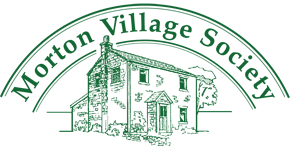The Village Institute started life in 1828 as a Wesleyan Chapel doubling up as a Methodist School, known as the British School. In 1846 it was sold for £150 to the Non-Conformist Church and, in turn, the school became non-conformist. The headmaster did not receive a salary but took his fees from the 1/ equal to 5p paid by each scholar for a week’s tuition. The village suffered from closure of many of its mills through the late 1800 / early 1900 period as a result of the depression in the wool industry, fire and other events .
Consequently, the population of the village also declined and the British School eventually closed around 1914. The building therefore remained virtually unused until after the First World War.
In November 1919, after the Peace Celebrations, the Board of Executors gave its consent for a Memorial hall to be built onto the back of the original building. The front portion was then adapted for use as a billiard and club room. The cost of the extension and conversions was met from public subscriptions.
The building then became known as Morton War Memorial Institute which remains its true and official name today.
In 1972 a further extension was erected to the rear of the building financed by the then Keighley Corporation. Other funds were raised by the Institute Committee for additional improvements. A sponsored walk resulted in practically the whole village turning out. Over the years the Institute has had various uses:-
Used for meetings by Morton Parish Council – from 1939 to 1977 rented by Keighley Library until the commencement of mobile library – until 1960 as a Child Welfare Clinic – Used for school meals and kitchen until the new village school was built in 1976.
Today we refer to the building more commonly as Morton Village Institute to give the villagers a clearer understanding of its identity. However, it is a building commemorating the war dead of East and West Morton which must not get lost over time.

